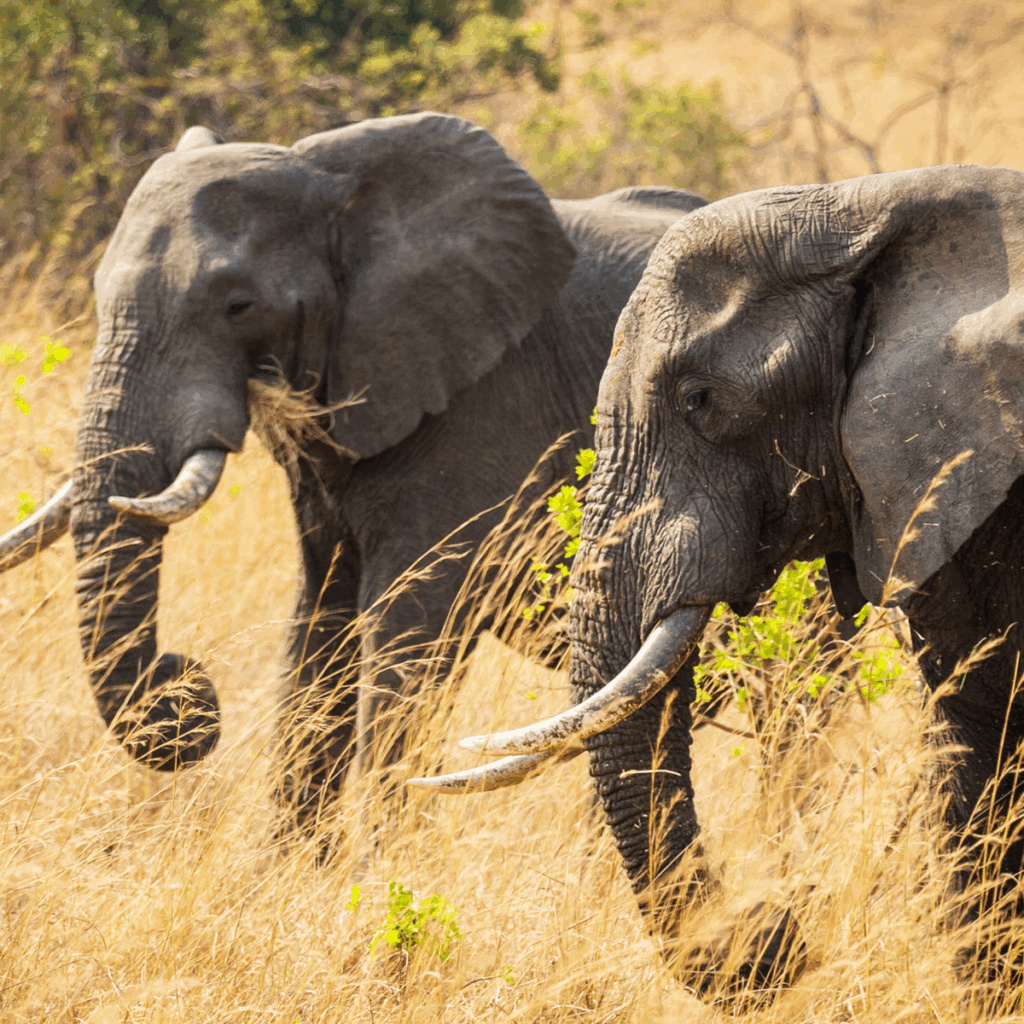Zambia is one of Africa’s most ecologically rich countries, home to over 30% of Southern Africa’s water resources and an extraordinary variety of wildlife, including elephants, lions, leopards, wild dogs, and over 750 bird species. But what keeps this biodiversity alive isn’t just the vast national parks; it’s the invisible highways that connect them.
These highways are wildlife corridors; vast and critical stretches of land that allow animals to migrate, find food, reproduce, and adapt to environmental changes. In Zambia, where 40% of the land is allocated to conservation (including national parks and Game Management Areas), wildlife corridors are crucial to the long-term survival of both species and ecosystems.

Why Wildlife Corridors Matter
Wildlife does not recognize park boundaries. Elephants may travel hundreds of kilometers between feeding and breeding grounds, while carnivores roam far beyond protected areas in search of prey. Without access to corridors, species become isolated, leaving them vulnerable to inbreeding, poaching, and conflict with humans.
In Zambia, vital corridors connect iconic landscapes such as the Lower Zambezi and South Luangwa National Parks, Kafue-Sioma Ngwezi, and West Lunga and Liuwa Plain. These natural pathways maintain ecological balance and ensure genetic diversity, which are critical factors that allow species to adapt to climate change and disease threats.
Challenges Facing Zambia’s Corridors
Despite their importance, many wildlife corridors in Zambia are under threat. The main drivers include:
As corridors shrink or disappear, wildlife is pushed into human spaces, leading to crop destruction, livestock predation, and tensions that can escalate into deadly confrontations for both people and animals.
Community-Based Conservation: A Solution That Works
One of Zambia’s greatest conservation assets is its Community-Based Natural Resource Management (CBNRM) system. Through Game Management Areas (GMAs), local communities act as custodians of the land between parks, which often includes critical wildlife corridors.
Organizations like BCP are working alongside communities in these buffer zones to promote forest conservation through REDD+ (Reducing Emissions from Deforestation and Forest Degradation), which also protects habitat and migratory routes for wildlife. By supporting livelihoods, improving access to education and health, and investing in sustainable land use, conservation becomes a shared priority.

Pathways to a Sustainable Future
Wildlife corridors are not just about elephants walking between parks. They’re about the lifeblood of ecosystems, the integrity of conservation areas, and the coexistence of people and nature.
Zambia has the opportunity to lead Africa in integrated landscape conservation, where biodiversity, climate action, and human development are part of the same story.
Preserving these vital pathways means protecting our natural legacy and securing a future where Zambia remains wild, connected, and thriving.

